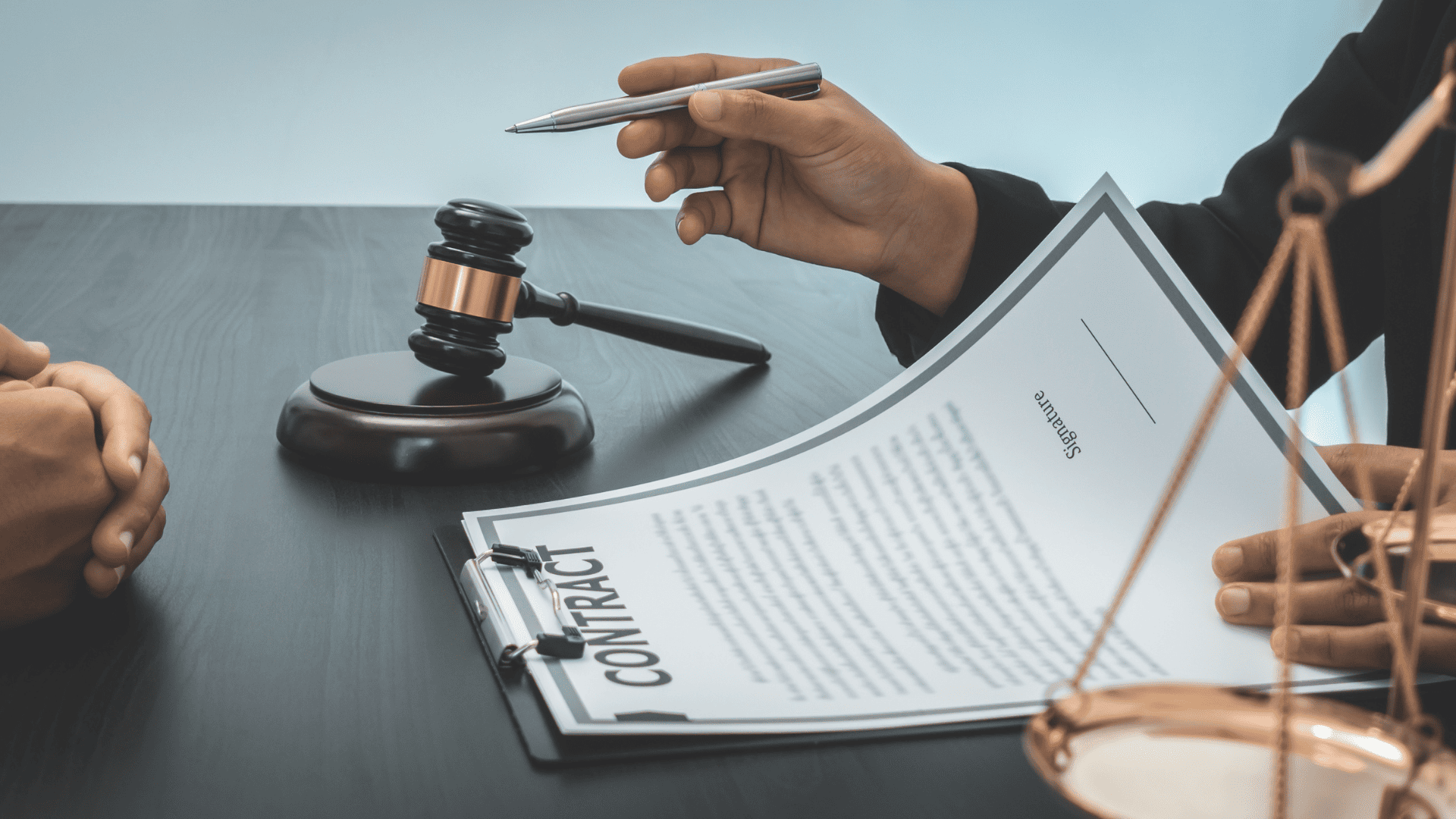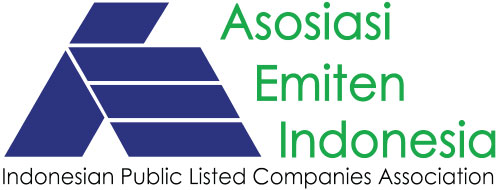
Process and Impact of Bankruptcy Law in Indonesia: Protection for Creditors and Debtors
Bankruptcy in the legal context in Indonesia is a condition where a debtor is unable to pay his debts to creditors as a whole. In the Bankruptcy and Suspension of Debt Payment Obligations (PKPU) Law, bankruptcy is decided by the Commercial Court which makes a decision if a debtor meets certain conditions, namely having two or more creditors and being unable to pay at least one debt that is due. With a bankruptcy decision, the debtor's assets will be managed by a curator appointed by the court to pay debts to creditors fairly in accordance with legal provisions.
The bankruptcy process in Indonesia aims to protect the rights of creditors and debtors in a fair manner. After the bankruptcy decision is handed down, the debtor will lose the right to control his assets, which will then be taken over by the curator. The curator is responsible for verifying all debtors' assets and debts to determine a fair distribution for creditors. This allows creditors to get payment of some or all of their debts, depending on the amount of the debtor's assets and the amount of debt owed.
However, it is important to remember that bankruptcy is not a solution for all parties, because debtors can lose all the assets they own. On the other hand, creditors also do not always get full payment of the debt they have to receive, especially if the value of the debtor's assets is insufficient. In Indonesia, resolving bankruptcy issues through this mechanism often takes quite a long time, and the process can become complex if it involves many parties or assets that are difficult to access.
Watch in the following video: Bankruptcy Process: What Should Issuers Know?




 Back to Home
Back to Home







